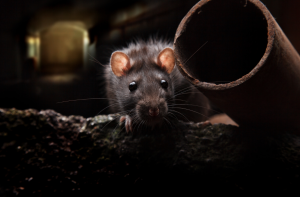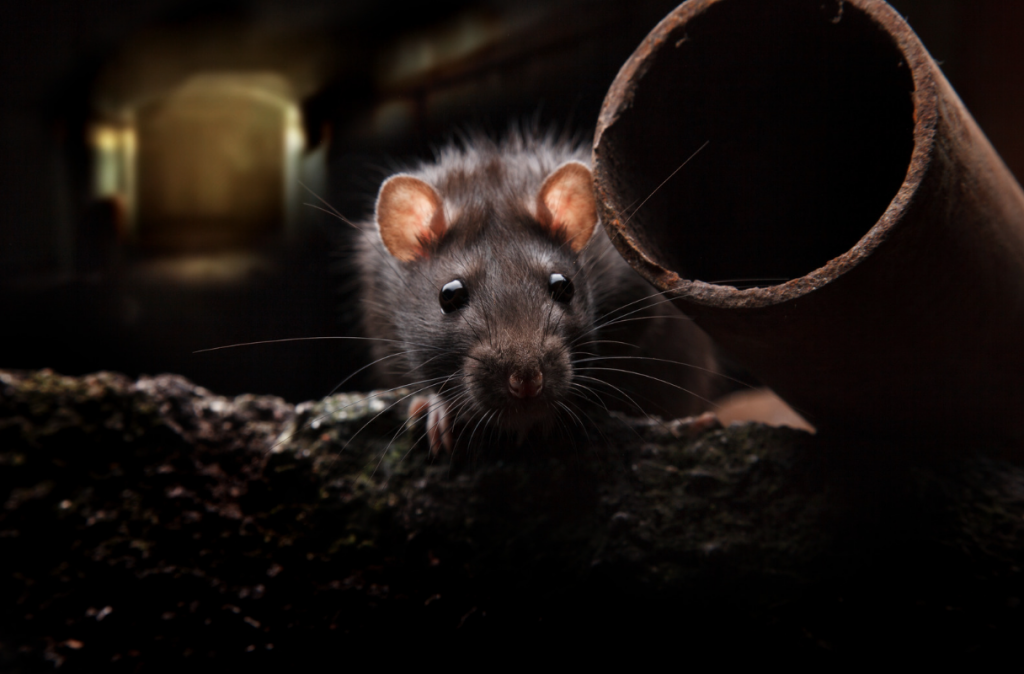
Rats are notorious for their destructive habits, disease-spreading potential, and ability to breed rapidly. Nesting in our homes, they can cause a wide range of problems that can affect our quality of life. This blog aims to delve into the ins and outs of rat nests, answering your burning questions and offering practical advice on handling these pesky intruders. We’ll talk about what rat nests look like, what happens if you disturb them, how far rats travel from their nest, how many rats typically live in a nest, and much more. So sit tight, as we take you on an enlightening journey through the mysterious world of rat nests.
What Does a Rat’s Nest Look Like?
You’d think a rat’s nest is something that stands out, right? But the truth is, rat infestations can sneak up on you, largely due to how deceptively ordinary a rat’s nest looks. Think less bird’s nest in the treetops and more hidden refuge in the attic, under floorboards, or tucked within your walls. That’s right, these little pests like to keep their homes out of sight, and they don’t stop at our houses either. Check your garden shed, garage or any outdoor undergrowth, and you might be surprised. The nests are usually just an unassuming pile of everyday materials like paper, cloth, or insulation – all shredded up and knitted together. It might look harmless enough, but it can be a bustling nursery for a growing rat infestation.
First things first, we’ve got to acknowledge that spotting a rat’s nest isn’t easy. These creatures are experts at keeping their homes tucked away from prying eyes. However, we’re here to help you spot the unmissable signs of their presence.
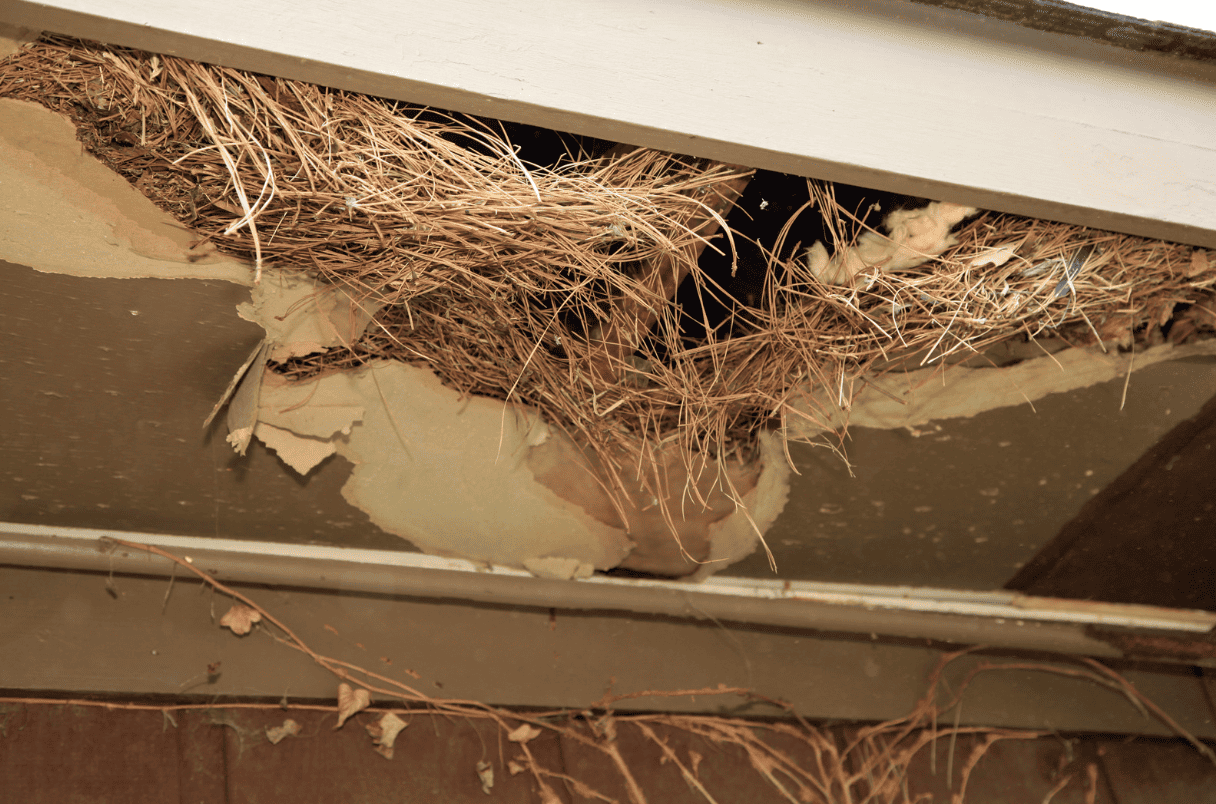
The Most Obvious Sign: Rat Droppings
As unpleasant as it might sound, the most obvious clue is rat droppings. They can leave behind an astonishing 40 pellet-shaped droppings a night. More often than not, these will be clustered around their nest. If you notice any dark, oval-shaped droppings, you’ve got a tell-tale sign of a rat infestation on your hands.
Trust Your Nose: A Musky, Unpleasant Odour
Believe it or not, your sniffer can also be a rather handy helper in your rat detection efforts. Rats often leave behind a musky, far from pleasant odour. So, if you start picking up a nasty smell that you can’t quite put your finger on, it might well be a sign of unwanted furry roommates.
Look Out For Gnawed Materials: Evidence of a Nest-Building Spree
Last but certainly not least, keep your eyes peeled for any gnawed materials like paper or plastic. Rats typically nest in paper or these materials, and they’re not picky about what they chew on. If you spot something looking suspiciously like it’s been chewed up, it’s probably evidence of the rats’ nest-building escapades.
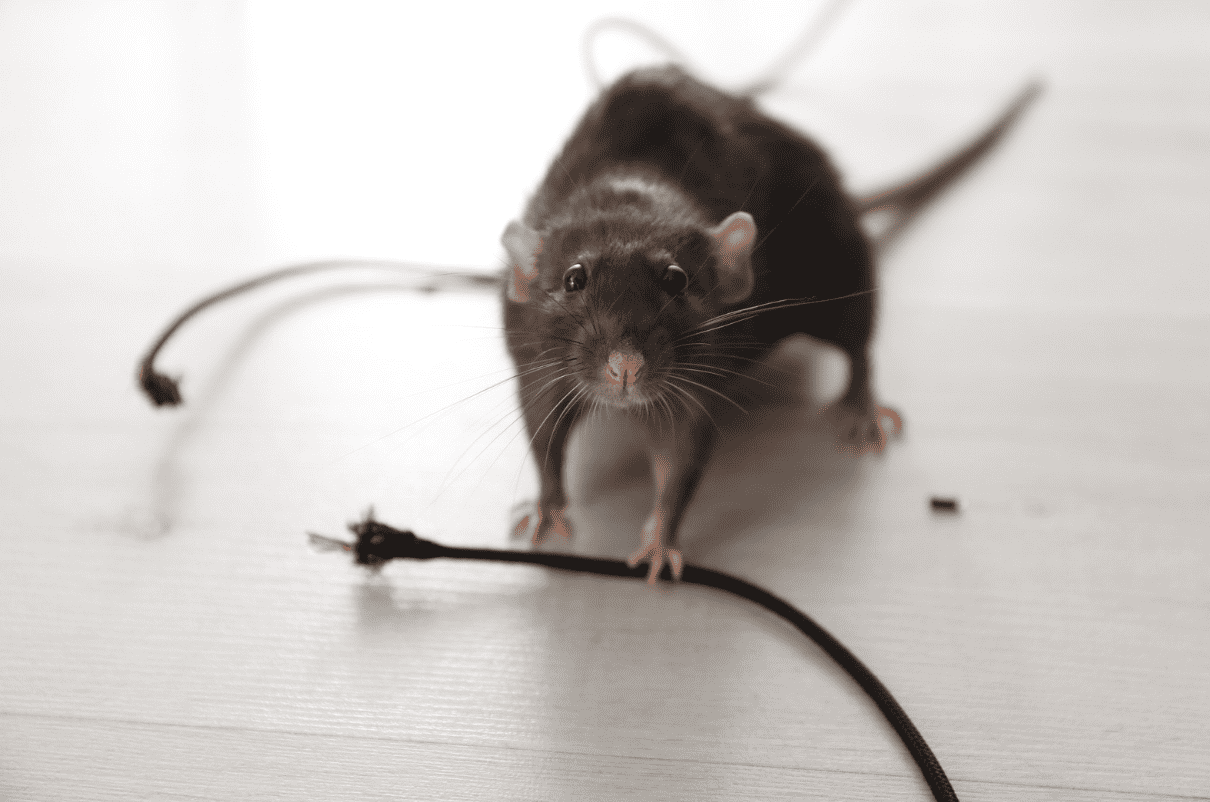
So, What Happens if you Disturb a Rat’s Nest?
What exactly happens if you stumble upon one of these rat’s nests and, even worse, disturb it? Disturbing a rat’s nest can lead to a series of unfortunate events that would be best avoided. From biting and infection to causing the critters to relocate, it’s a can of worms you’d rather leave unopened.
Biting: The First Line of Defence
First off, let’s talk about the sharp end of the problem – literally. When you disturb a rat’s nest, you’re likely to find yourself on the receiving end of some rather aggressive behaviour. Rats, like most animals, are fiercely protective of their homes. If they feel threatened, they won’t hesitate to bite. And trust us, it’s not a nibble you’d want to experience.
Infection: A Hidden Danger
After biting, comes the risk of infection. Let’s face it, rats aren’t known for their hygiene. Their bites and scratches can transmit all sorts of nasty diseases. Ever heard of Rat-Bite Fever or Leptospirosis? They’re not exactly pleasant. Plus, if the rats have set up multiple nests in your vicinity, this increases your chances of getting an infection.
Relocation: A Bigger Problem on the Horizon
Finally, disturbing a rat’s nest can lead to a bigger problem: relocation. If rats feel their current residence has become unsafe, they’re likely to pack up and find a new place to call home. That new nest could be somewhere else in your property! So, in essence, you’d have traded one rat’s nest for potentially multiple rat’s nests. A rodent infestation isn’t the ideal situation, is it?
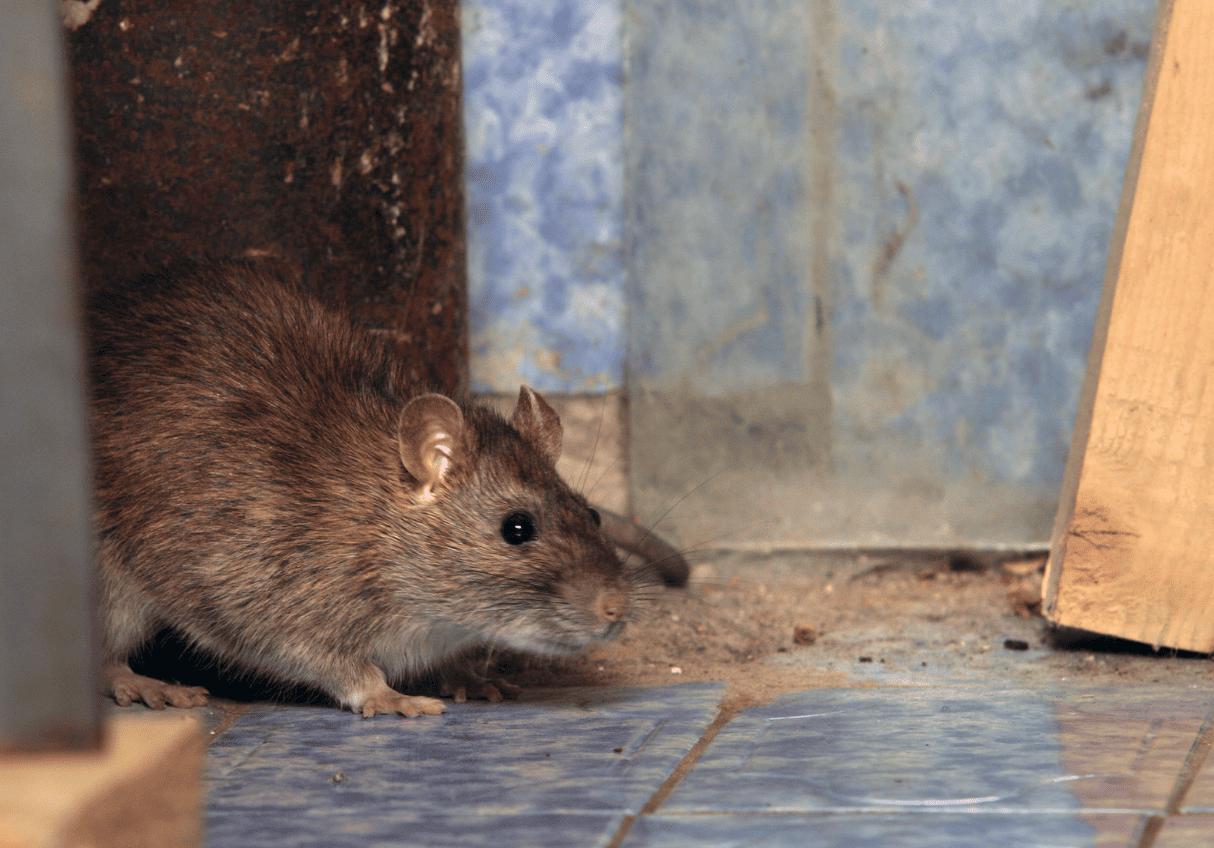
How Far do Rats Travel From Their Nest?
Now that we’ve covered the potential perils of poking around a rat’s nest, let’s delve into another intriguing question: just how far do they travel? Well, brace yourself because these little blighters are quite the adventurers. On average, rats tend to stay within a radius of around 30 meters from their nest. However, when food or water sources are scarce, they won’t hesitate to extend their territory up to a whopping 100 meters. Remember, the extent of their travels can depend on a variety of factors, such as the type of rat, availability of resources, and the presence of threats.
How Many Rats are Usually in a Nest?
A rat’s nest, depending on the species and environmental conditions, can house between six to twelve rats. Shocking, isn’t it? Even worse, if the situation is particularly cosy for these creatures (plenty of food, shelter, and lack of predators), you could even be looking at an infestation involving multiple nests. That’s right, rats are social creatures, and they love a good party. So, if you stumble upon one nest, there’s a good chance there are more hiding in the shadows. Just remember, dealing with a rat’s nest isn’t a solo job, so don’t hesitate to call in the professionals.
Your Rat Nest Removal Specialists: AMS Pest Control
We get it, no one wants to grapple with rat nests. That’s where our skilled team at AMS Pest Control comes into play. We can help you when these uninvited lodgers decide to set up camp in your space. Our team have years of experience and there’s little we haven’t seen. From the tiniest invasions to the most persistent rodents, our know-how in managing these sticky situations is unparalleled. Single nest or multiple hideouts, we’ve tackled them all. So, there’s no need to soil your hands trying to wrangle a rat issue, simply ring up your neighbourhood experts at AMS Pest Control. Rest assured, when it comes to unwelcome rodent guests, our expert services have got you covered!

Will Rats Leave if you Disturb Them?
The answer, unfortunately, isn’t quite as straightforward as you’d hope. Yes, rats are skittish and don’t take kindly to their nests being disturbed. They might indeed decide to relocate if they feel threatened. But, it’s a gamble, because they could just as easily choose a new spot within your property. Or worse still, they could split up and establish multiple new nests, multiplying your problems. The bottom line is this: disturbing a rat’s nest might provide temporary relief, but it won’t solve the underlying problem.
Do Rats Return to the Same Nest?
Rats are creatures of habit, much like us. Once they’ve found a place that they deem safe and has easy access to food and water, they’re likely to return even if they’ve been disturbed. Think of it as their favourite cosy corner- they’ll keep coming back. Of course, if you’ve taken steps to make the nest or the area around it inhospitable (perhaps with the help of professionals), they might reconsider their options. But if it’s business as usual, don’t be surprised to see them back in the same spot. Quite the headache, aren’t they?
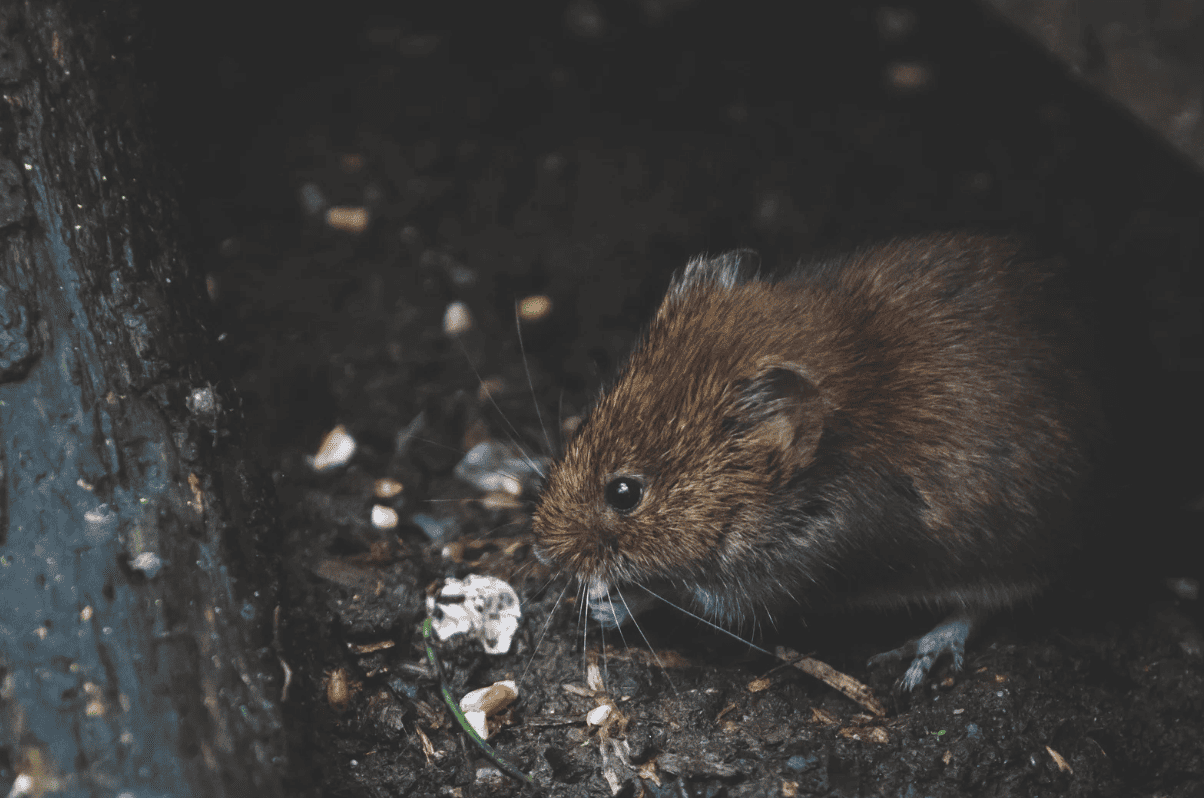
How to Destroy a Rats Nest
So, you’ve discovered a roof rat nest and you’re wondering how to tackle the issue? Well, while it’s a task best left to professionals, there are a few steps you can take if you’re up for it. It involves a three-step approach: eliminating the rat population, removing the nest, and cleaning the area of nesting materials.
Eliminate the Rats
First and foremost, you’ve got to handle the existing rat population. This is where things can get a bit tricky. From traps to poisons, there are several methods to get rid of these pesky creatures. Remember, rats live in groups, so if you see one, there are likely more hiding in the shadows. Be prepared to deal with multiple rodents and consider calling in professional help if the problem persists.
Remove the Nest
Once you’ve handled the rat population, it’s time to remove the nest. This needs to be done carefully to avoid disturbing any remaining rats or exposing yourself to potential diseases. Always use gloves and place the nest in a sealed bag before disposing of it. And remember, if the nest is large or hard to reach, don’t hesitate to call a professional.
Clean the Area
Finally, you need to thoroughly clean the area where the nest was located. Rats aren’t exactly known for their cleanliness, so expect to find droppings, urine, and other unpleasant remnants. Using a disinfectant will help to remove any harmful bacteria and prevent the spread of diseases. And don’t forget – it’s not just about cleaning the specific spot where the nest was, but also about tackling the broader area to deter any future inhabitants. A clean space is far less appealing to rats looking for a new home.
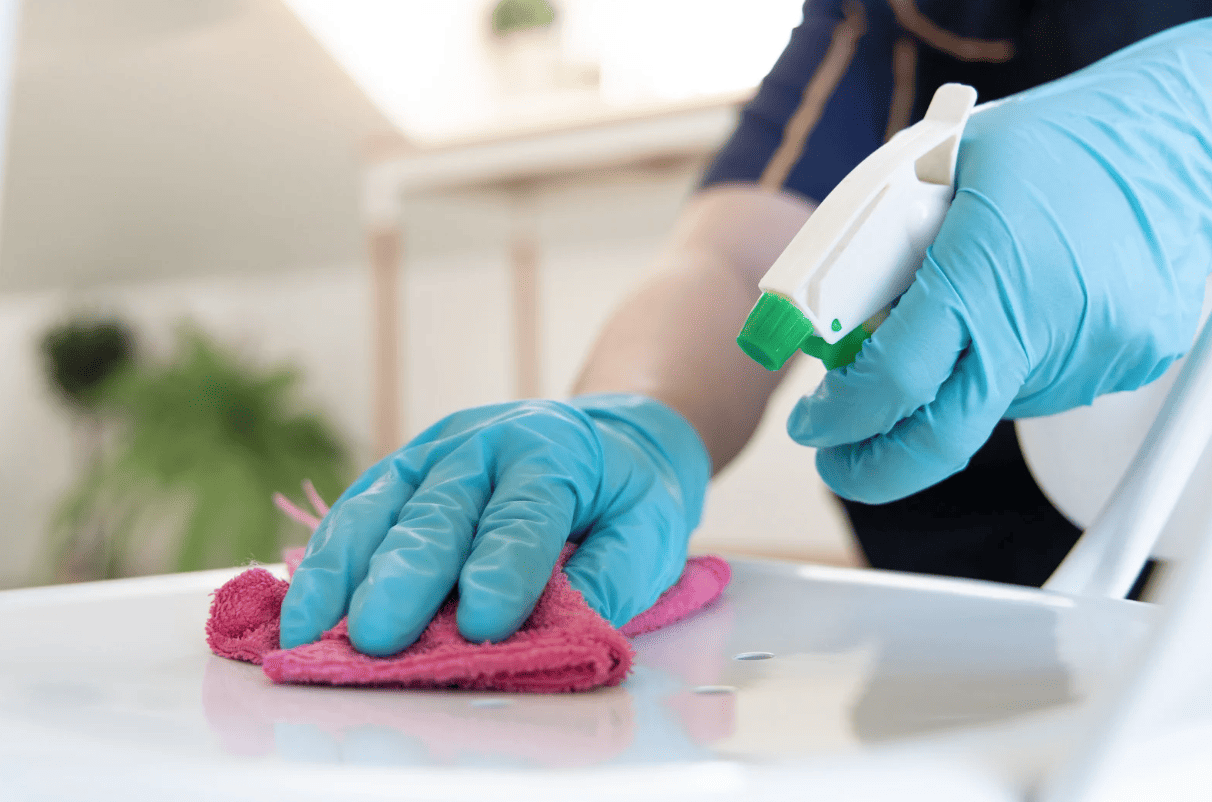
How to Prevent Rats from Nesting on your Property
Now that we’ve covered the ins and outs of rat nests, let’s turn our attention to prevention. It’s no secret that preventing a problem is far less of a kerfuffle than tackling it. But how can you deter rats from nesting on your property? It’s quite simple, really. The trick is to make your property as unattractive to them as possible:
Key to Rat Prevention: Limit Access to Food, Water, and Shelter
Rats are always on the hunt for three things: food, water, and shelter. By limiting their access to these essential needs, you can put a significant dent in the chances of a rat infestation.
Keep Your Property Clean and Tidy
A major part of this is keeping your property clean and tidy. Pay special attention to those hidden nooks and crannies that might serve as perfect nesting spots. Rats love a cosy corner, so don’t give them the opportunity to find one.
Regularly Manage Your Trash
Next on the list is managing your waste properly. Regularly take out the trash and make sure your bins are sealed tight. This will cut off a major food source for any potential rat invaders.
Deal with Leaky Pipes and Standing Water
Got any leaky pipes or standing water? Get them fixed promptly. Rats need water just like we do. If they can’t find it on your property, they’re less likely to stick around.
Call in the Professionals if Needed
Lastly, always remember this: if you ever suspect that you’ve got a rat problem, don’t hesitate to call in the professionals. It’s our job to tackle these nuisances. Prevention is far less of a headache than dealing with a full-blown infestation!
Rat nests, as we’ve discovered, are not to be taken lightly. Dealing with them is certainly not an easy task. From their hidden nests, pesky habits, the dangers of disturbing them, to their obstinate return to their favourite spot, dealing with rats is no walk in the park. However, armed with the right knowledge, resources, and if necessary, professional help, you can keep these unwanted guests at bay. Always remember, prevention is better than cure, so aim to make your property less attractive to rats in the first place. But if you find yourself in the middle of a rat infestation, don’t panic! We hope that the insights and tips we’ve shared in this blog help you tackle the situation effectively. And remember, when in doubt, don’t hesitate to reach out to professional pest control services. Here’s to a rat-free home!
You may also like: Signs That You Have A Rat Problem | What Is The Most Common Pest?

Rat Nest FAQs:
We’ve answered some of the most frequently asked questions about rat nests below:
Will rats come back if you disturb their nest?
If you disturb their nest, they might initially scarper, but there’s a good chance they’ll come back if the conditions are still right. They are creatures of habit and once they’ve found a spot they like, they tend to stick to it. So, while a bit of a disruption might make them think twice, it’s not a guaranteed solution to your rat problem.
Should you destroy a rats nest?
Well, the simple answer is yes – but with a caveat. It’s not as simple as just pulling the nest apart. You’ve got to deal with the rat population first, which can be a tricky task. Then there’s the cleanup, which can be hazardous due to potential diseases. It’s a task best left to professionals who have the experience and the right tools for the job.
What is the best way to get rid of rats nest?
The best way is a three-step process: eliminate the rats, remove the nest, and then clean the area thoroughly. This might involve traps, poisons, gloves, sealed bags, and disinfectants. And remember, while it’s possible to do it yourself, professional pest control services are always the safest and most effective option.
How long does it take for rats to leave the nest?
It depends on a variety of factors, including the size of the rat population and the conditions around the nest. If the conditions are hostile, they might clear off quickly, but if things are comfortable, they can stick around for a long time.


